
Mazda CX-3 4x4 (2015-2020) engines, drive and performance

- Choice of two petrols and one diesel
- Front- and all-wheel drive available
- No turbocharged petrols here
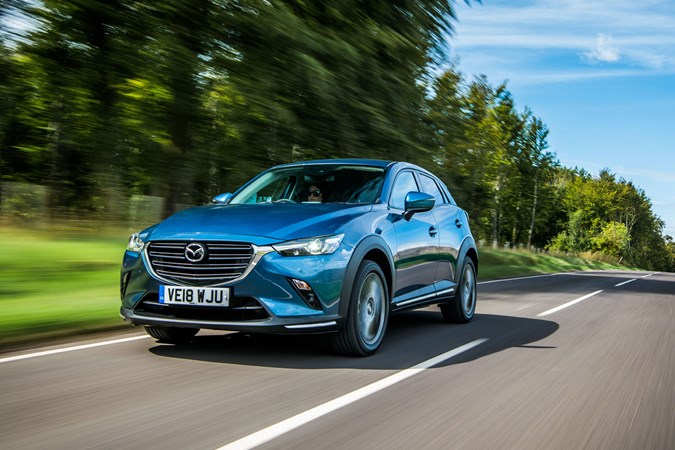
Choosing just which engine you want to maximise Mazda CX-3 performance isn’t a protracted one as there are just three engines available – one diesel and two petrols. After you’ve selected that, it’s up to you whether you’d like to change gears yourself or let the automatic gearbox do it for you.
SkyActiv-G petrol engines
Going against contemporary convention, Mazda has ploughed its own furrow with a right-sizing program that sees it eschew smaller turbocharged units – which often promise much on paper but fail to deliver in the real world. Fuel economy figures, in other words.
Which is why, instead of the usual turbocharged petrol engines like the kind you’ll find in its rivals, the CX-3 has the choice of two naturally aspirated 2.0-litre units.
Essentially the same engine, just with different power outputs, this 2.0-litre four-cylinder is available with either 121hp (previously 120hp before an update in 2018) or 150hp and the same 206Nm of torque. With a manual gearbox and front-wheel drive the 121hp model completes the 0-62mph sprint in nine seconds flat. Add the six-speed automatic gearbox to that and the time slows by 0.9 seconds.
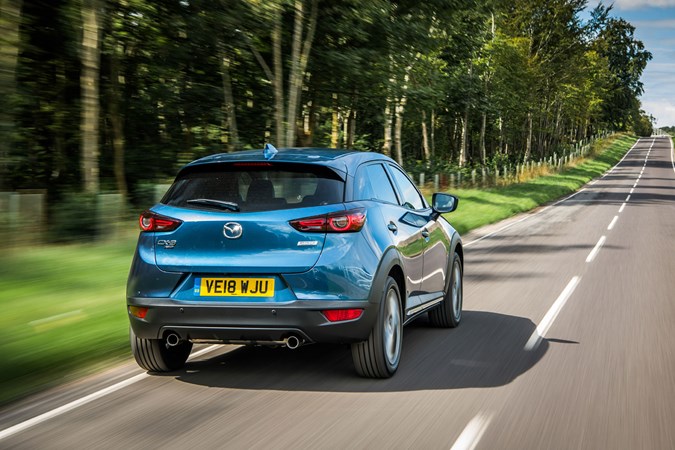
If you want four-wheel drive you’ll need to buy the more powerful 150hp model, available with a choice of manual or automatic transmissions, which manages the same benchmark sprint in 8.8seconds (for the manual). The automatic takes 9.7 seconds. That tiny difference is born out on the road, with little extra performance on offer.
The 121hp example feels plenty for a car of this type, and allied to the excellent chassis is just enough to have fun – assuming your car isn’t crammed full of your peacefully sleeping children that is.
Smooth, happy to rev to 6,000rpm in a bid to make its peak power figure, you’ll enjoy working both it and the slickly engineered six-speed manual gearbox to get the most from it. However, if you’re regularly on the motorway or up and down hills, it may not be the best-suited option. This is where the diesel comes in.
SkyActiv-D Diesel engine
Just one diesel engine is available in the CX-3 – a 1.8-litre turbocharged unit introduced in 2018. With 115hp and 270Nm of torque, performance is similar to the 1.5-litre unit it replaced. It’s the slowest of the lot, though, with a 0-62mph time of 11.0 seconds. It can feel livelier than this in action, but you will find yourself changing gear frequently to keep the car in its most responsive state. The torque kicks in all of a sudden, meaning that once you fall to lower revs it can really feel sluggish – it’s a rare thing that it’s a diesel that needs to be revved.
Manual and automatic gearboxes
Both the manual and auto gearboxes are six-speed units, and the manual is a particular delight to use with slick, mechanical and precise shifts. Combined with the excellent steering, well-weighted and perfectly placed pedals it helps make the CX-3 such a thrill to drive.
There’s nothing much wrong with the auto either, though the paddles fitted behind the steering wheel of the Sport Nav model may feel a little incongruous – it’ll be up to you whether the extra cash required for this self-shifter is worth it.
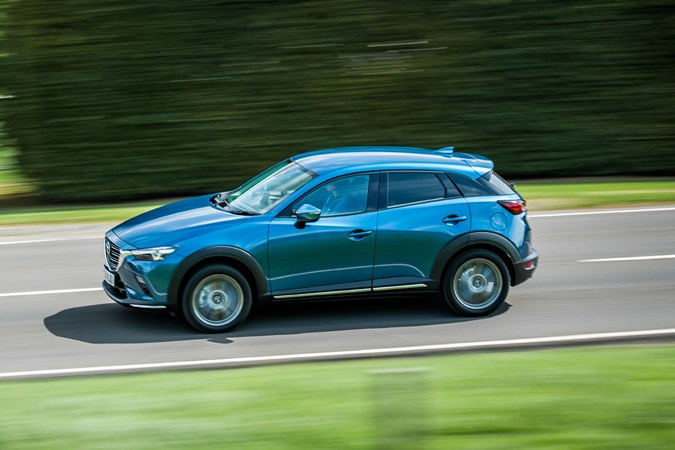
Engines no longer available
Before the 2018 model-year updates, the diesel offering was a 1.5-litre unit available with front- or four-wheel drive, as well as either the six speed automatic or manual gearboxes – depending on what trim level you selected.
There’s 105hp and 270Nm of torque on offer, the latter from just 1,600rpm. That tails off by 2,500rpm but it never feels quite as narrowed on the road, with a relatively linear spread of power and smooth, refined delivery.
That extra torque over the petrols really comes in handy for overtaking manoeuvres or making your way up hills, and this diesel is remarkably similar to a petrol to drive. It’s free-revving and very smooth in its power delivery.
All-out the front-wheel drive manual model sprints from 0-62mph in 10.1 seconds, while the all-wheel drive adds four-tenths of a second to that time. Going for the four-wheel drive automatic means a 0-62mph quote of 11.9 seconds.
Handling
- The CX-3 handles very well
- Feels much like a small hatchback
- Ride is composed and steering direct
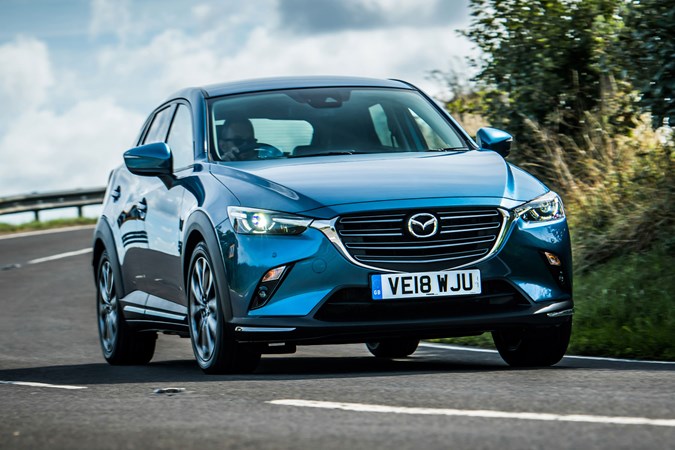
It might look like a conventional small crossover, just like its Nissan Juke rival, but the Mazda CX-3 feels like a much more quality product than the Sunderland-built model the instant you drive it. Body control is especially impressive, with little in the way of roll or any other movement under extreme braking or accelerating.
In fact, the Mazda CX-3’s handling is really rather stable, and were it not for the slightly higher seating position you could fool yourself into piloting something more akin to a conventional hatchback.
There’s lots of traction from the front especially, with a solid resistance to understeer and plenty of feedback through the feelsome three-spoke steering wheel. Mazda’s G-Vectoring Control system plays a part here, which, in short, makes the CX-3, tuck into corners in a more eager, agile fashion.
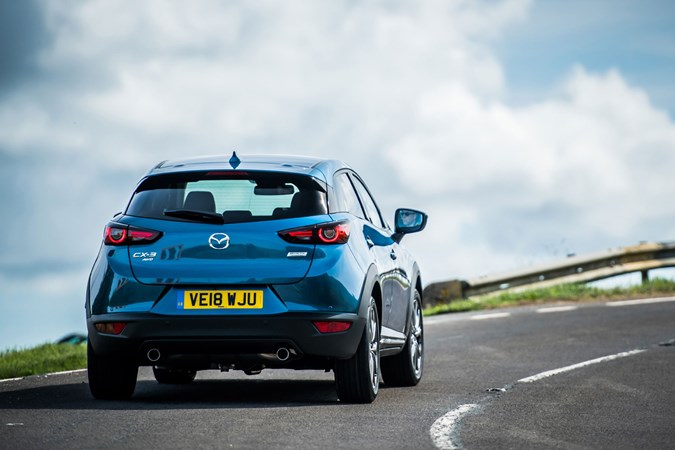
Placing the car accurately through a bend is no trouble at all, and the CX-3 is actually rather good fun to drive in a spirited manner.
You don’t even need to select the Sport trim, with its larger 18-inch (versus 16-inch) alloy wheels and tyres, as the SE Nav+ and SE-L Nav+ models exhibit the same levels of control and grip.



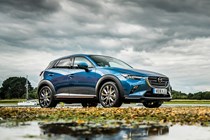
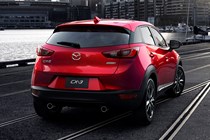
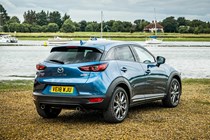
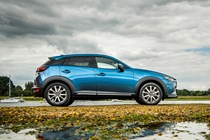
.jpg)
.jpg)
.jpg)
.jpg)
.jpg)
.jpg)
.jpg)
.jpg)
.jpg)
.jpg)
.jpg)
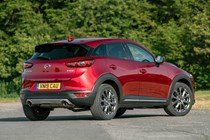
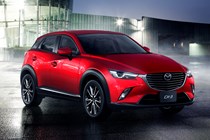
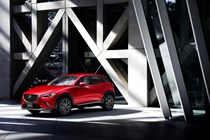
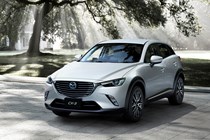
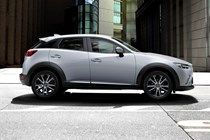
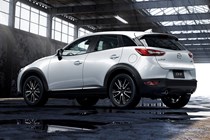
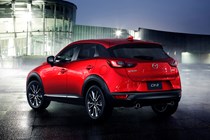
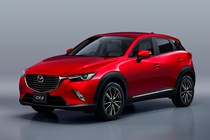
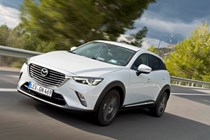
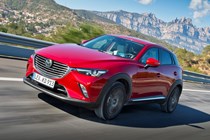
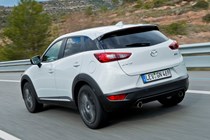
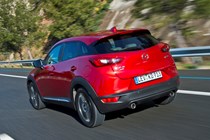
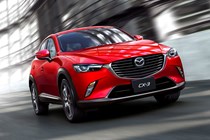
.jpg)
.jpg)
.jpg)
.jpg)
.jpg)





.jpg)
.jpg)
.jpg)
.jpg)
.jpg)
.jpg)
.jpg)
.jpg)
.jpg)
.jpg)
.jpg)
.jpg)
.jpg)
.jpg)
.jpg)
.jpg)
.jpg)
.jpg)
.jpg)
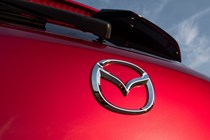
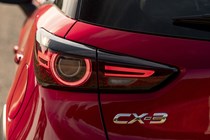
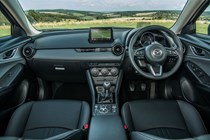
.jpg)
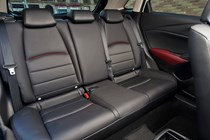
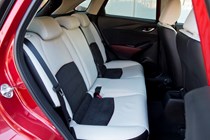
.jpg)
.jpg)
.jpg)
.jpg)
.jpg)
.jpg)
.jpg)
.jpg)
.jpg)
.jpg)
.jpg)
.jpg)
.jpg)
.jpg)
.jpg)
.jpg)
.jpg)
.jpg)
.jpg)
.jpg)
.jpg)
.jpg)
.jpg)
.jpg)
.jpg)
.jpg)
.jpg)
.jpg)
.jpg)
.jpg)
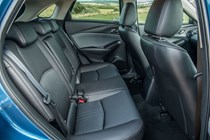
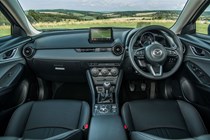
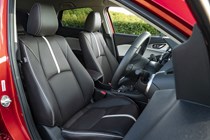
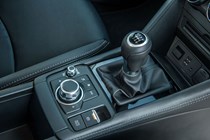
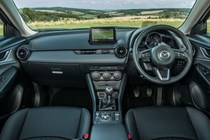
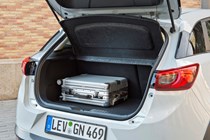
.jpg)
.jpg)
.jpg)
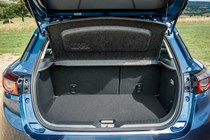
.jpg)
.jpg)

.jpg)
.jpg)
.jpg)
.jpg)
.jpg)
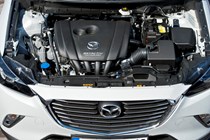





.jpg?quality=50)
.jpg?quality=50)
.jpg?quality=50)
.jpg?quality=50)
.jpg?quality=50)
.jpg?quality=50)
.jpg?quality=50)
.jpg?quality=50)
.jpg?quality=50)
.jpg?quality=50)
.jpg?quality=50)













.jpg?quality=50)
.jpg?quality=50)
.jpg?quality=50)
.jpg?quality=50)
.jpg?quality=50)





.jpg?quality=50)
.jpg?quality=50)
.jpg?quality=50)
.jpg?quality=50)
.jpg?quality=50)
.jpg?quality=50)
.jpg?quality=50)
.jpg?quality=50)
.jpg?quality=50)
.jpg?quality=50)
.jpg?quality=50)
.jpg?quality=50)
.jpg?quality=50)
.jpg?quality=50)
.jpg?quality=50)
.jpg?quality=50)
.jpg?quality=50)
.jpg?quality=50)
.jpg?quality=50)



.jpg?quality=50)


.jpg?quality=50)
.jpg?quality=50)
.jpg?quality=50)
.jpg?quality=50)
.jpg?quality=50)
.jpg?quality=50)
.jpg?quality=50)
.jpg?quality=50)
.jpg?quality=50)
.jpg?quality=50)
.jpg?quality=50)
.jpg?quality=50)
.jpg?quality=50)
.jpg?quality=50)
.jpg?quality=50)
.jpg?quality=50)
.jpg?quality=50)
.jpg?quality=50)
.jpg?quality=50)
.jpg?quality=50)
.jpg?quality=50)
.jpg?quality=50)
.jpg?quality=50)
.jpg?quality=50)
.jpg?quality=50)
.jpg?quality=50)
.jpg?quality=50)
.jpg?quality=50)
.jpg?quality=50)
.jpg?quality=50)






.jpg?quality=50)
.jpg?quality=50)
.jpg?quality=50)

.jpg?quality=50)
.jpg?quality=50)

.jpg?quality=50)
.jpg?quality=50)
.jpg?quality=50)
.jpg?quality=50)
.jpg?quality=50)
